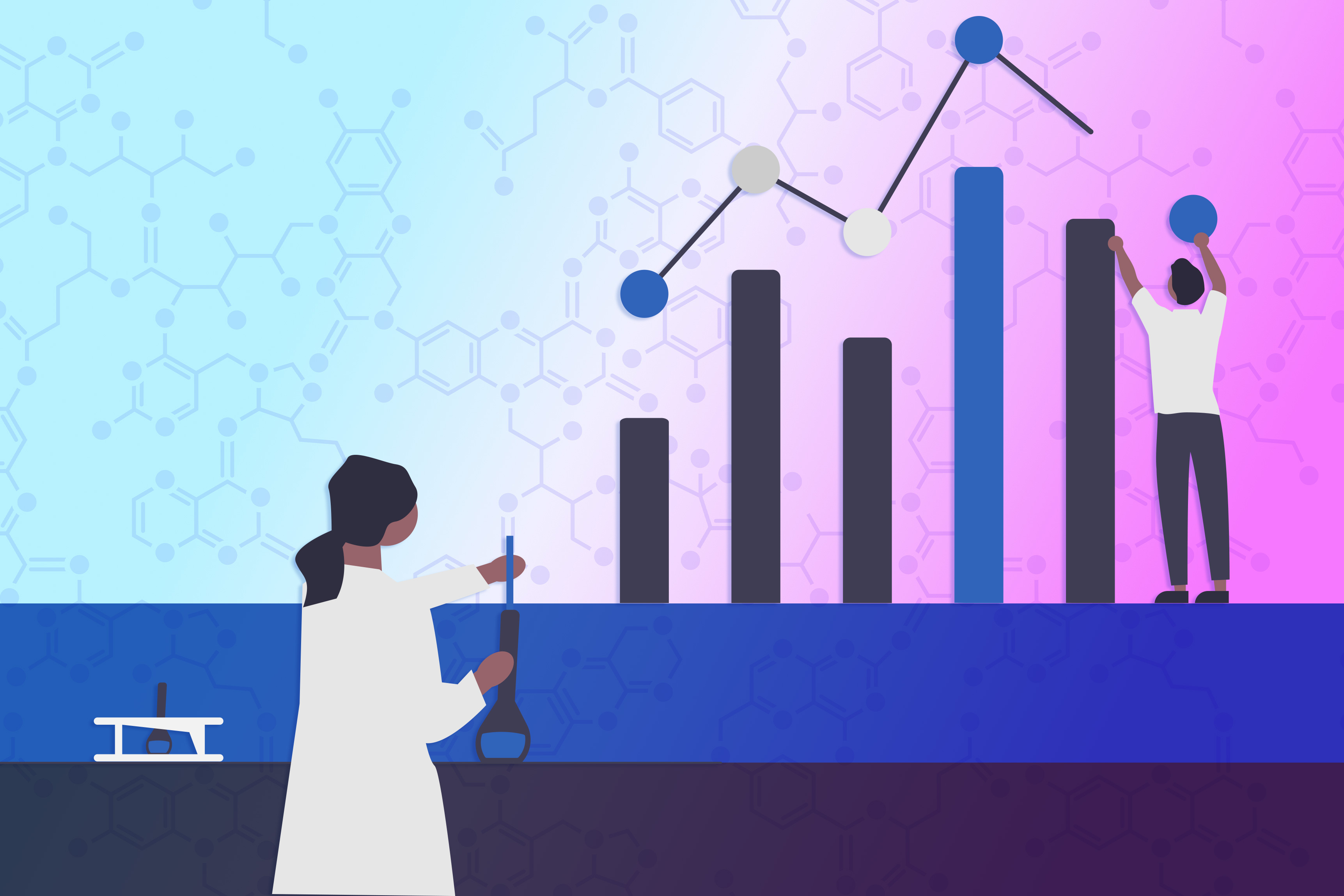The Power of Artificial Intelligence in Healthcare
An increasing number of hospitals, health systems, and group practices are saying artificial intelligence-powered clinical documentation is a powerful game-changer. And they have the results to back up the claim.
The Challenge
Richmond, Indiana-based Reid Health is a health system that delivers care across east central Indiana and west central Ohio, with a focus on improving both the patient and provider experiences. It was seeing something many hospitals face – burned out care teams. Primary and specialty care physicians were drowning in paperwork. Many spent two to three extra hours a day finishing notes after hours. That meant less time with family and not enough time to rest and recharge.
Proposal
The solution to the problem was found in ambient genAI technology. The idea is powerful: Let doctors focus on their patients while the AI quietly captures the visit and writes the note. No more typing during appointments, no more trying to remember details hours later. Just natural conversations turned into clinical notes, ready to review and sign. It felt less like using a tool and more like getting a piece of your day back.
Meeting the Challenge
Reid Health started small, launching a pilot with a few high-volume specialties like family medicine, cardiology, and urgent care. From day one, the team brought clinicians into the process. The clinicians used a secure app that listened during visits and created a draft note within minutes, right in the electronic health record. The AI could even handle multiple languages and dialects, which really matters in a diverse community.
Results
The impact has been incredible. Reid Health saw up to an 86% drop in how long it took to complete notes, giving doctors more time with their patients and less time staring at a screen. After-hours documentation went down by 34%, which meant many providers could finally go home on time and truly unplug in the evenings. Documentation turnaround improved by 87%, leading to faster patient communication and a better sense of control for clinicians.
Advice for Others
Start by focusing on the people. This isn’t just about technology, it’s about healing the emotional strain on caregivers. Involve your clinicians from the start, let them help shape the rollout. Start with the areas that feel the most overwhelmed, and don’t overlook change management. Support matters. Choose a tool that fits into your system, not one that forces you to change everything.
Conclusion
The use of artificial intelligence in healthcare has the potential to revolutionize the way doctors and clinicians work. By automating tasks such as clinical documentation, AI can help reduce burnout and improve job satisfaction. It can also improve patient care by allowing doctors to focus on their patients rather than paperwork. As Reid Health has shown, the impact of ambient genAI technology can be significant, and it’s an innovation that’s worth considering for any healthcare organization.
FAQs
Q: What is ambient genAI technology?
A: Ambient genAI technology is a type of artificial intelligence that can capture and document clinical visits, allowing doctors to focus on their patients rather than paperwork.
Q: How does ambient genAI technology work?
A: The technology uses a secure app to listen during visits and create a draft note within minutes, right in the electronic health record.
Q: What are the benefits of using ambient genAI technology?
A: The benefits include reduced burnout and improved job satisfaction for clinicians, improved patient care, and increased efficiency.
Q: How can healthcare organizations implement ambient genAI technology?
A: Organizations should start by focusing on the people, involving clinicians in the process, and choosing a tool that fits into their system. They should also prioritize change management and support.
Q: What results can healthcare organizations expect from using ambient genAI technology?
A: Organizations can expect to see significant reductions in the time it takes to complete notes, after-hours documentation, and documentation turnaround times, as well as improved patient communication and control for clinicians.











